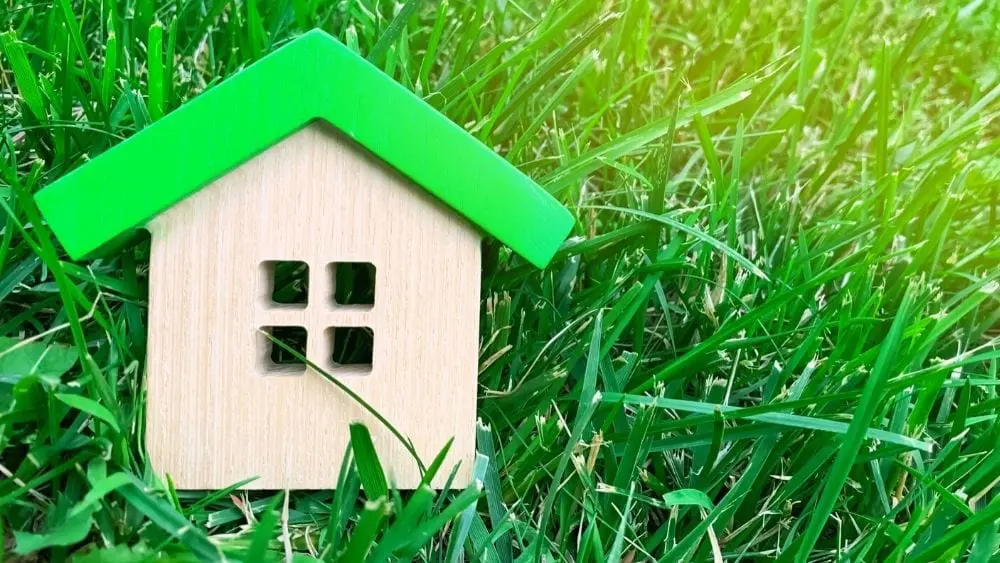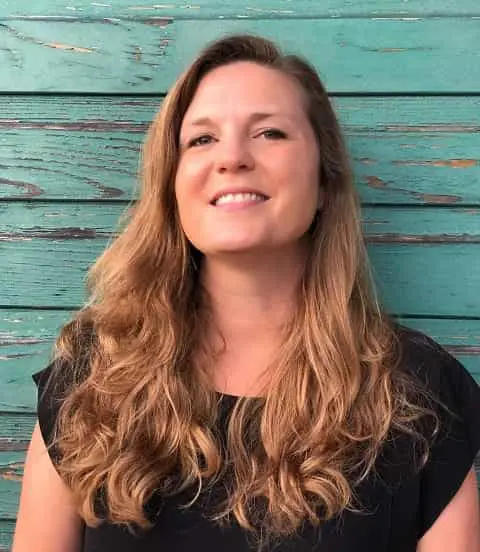
Guide to Building a LEED-Certified Green Home
What if you could save money on utilities, raise the value of your home and reduce your impact on the environment? By building a LEED-certified home, you can do all of that and more.
What is LEED Certification?
The Leadership in Energy and Environmental Design (LEED) certification program from the U.S. Green Building Council (USGBC) is the international gold standard for green building. The program recognizes “best-in-class” building strategies that avoid toxic chemicals, reduce material waste and lower energy and water use.
- Provides a framework for creating healthy, highly efficient and cost-saving green buildings
- Recognized globally as a symbol of sustainability achievement
- Can be applied to virtually all building types including homes, offices, schools, hospitals and retail buildings
- Represents the most widely used green building rating system in the world (used in 165 countries and territories, with over 2.2 million square feet of buildings certified every day)
Why Get LEED Certification?
Getting your home LEED-certified goes beyond installing low-flush toilets or LED lighting. LEED certification is all-encompassing and can require commitment. But it has huge benefits for your home, your community and even your wallet.
Key Benefits to LEED Certification:
- Reduces a building’s environmental impact by reducing the use of energy, water and other resources
- Creates a healthier indoor living space
- Makes a building more desirable and gives it a higher resale value
The LEED Certification Rating System
The vast array of projects covered by LEED certification:
- Building Design and Construction
- Interior Design and Construction
- Building Operations and Maintenance
- Neighborhood Development
- Homes
For each project type, you can pursue LEED certification by earning points in several areas, including location and transportation, sustainable sites, water efficiency, energy and atmosphere, materials and resources, indoor environmental quality, innovation and regional priority. Each specific item, project or addition to your home earns you credits. The credit library outlines which credits are available for your project as well as the requirements.
You are awarded a certification level based on how many credits you’ve earned. There are four different levels available for LEED certification—Certified, Silver, Gold and Platinum.
- Certified: 40–49 points earned
- Silver: 50–59 points earned
- Gold: 60–79 points earned
- Platinum: 80+ points earned
It is up to you to decide your certification level based on your own financial, time and logistical commitments. You do not need to incorporate every available credit into your project design. But remember, every LEED home is green, no matter which level you achieve.
Getting Started with LEED Certification
Building a new home is the perfect time to get LEED certification. While determined homeowners can renovate an existing house to prepare it for LEED certification, going that route is much more expensive than building a new home to meet LEED standards.
There are four steps to LEED certification:
- Register your project by visiting LEED online. You will need to select your project and verification teams, complete key forms and submit payment. Your verification team includes the following roles:
- LEED for Homes Provider Organization
- LEED for Homes Green Rater
- Energy Rater
- Verify your project milestones and achievements through the on-site verification process. On-site visits throughout the design and construction process will ensure that your project stays on track for achieving certain milestones. Your verification team will arrange these visits and may request additional documentation if needed.
- Submit your application, including the necessary information, calculations and documentation, to your Green Rater via LEED online and pay your cerfitication fees. Your LEED application will then reviewed by Green Business Certification Inc., or GBCI. The process consists of a preliminary review and an optional final review.
- You’ll receive your certification results from each review within 20 to 25 business days. At this point, you can accept or appeal your final review report from GBCI. If you’ve achieved certification, congratulations!
According to Jordana Viuker Brennan, a sustainable design consultant for Confident Buildings in New York, the most important consideration when starting on the LEED journey is commitment. It may help to mentally prepare yourself for the costs and the effort, and try to focus on the positive outcome.
Brennan also stresses the importance of choosing architect and builder teams who are completely committed to the mission. Every year, the USGBC honors trailblazers in residential green building through a national awards program. The following builders (and many more) have all been recognized for their outstanding leadership and commitment to LEED homes:
- John Marshal Custom Homes
- Natural & Built Environments, LLC
- ROEM Builders
- The Hudson Companies
- MHI-Austin
- Urban Development Partners
- Postgreen
When getting started with LEED certification, Brennan recommends meeting with an experienced sustainability consultant before doing anything else. Professional LEED consultants will help you understand your options, outline the process and help you achieve your specific goals.

Rebecca Rosenberg is a freelance copywriter, digital media strategist and world traveler. After working in marketing for some of Austin’s most beloved brands, Rebecca started her own business and left Texas behind to travel the world. You can find her currently bumming around Europe. Often flying solo, she has visited over 35 countries and lived abroad in four. In addition to being a digital nomad, Rebecca is an avid hiker, design enthusiast and certified plant nerd. She speaks English, Spanish, German and Korean.
 How to Keep Your New Home Safe
How to Keep Your New Home Safe